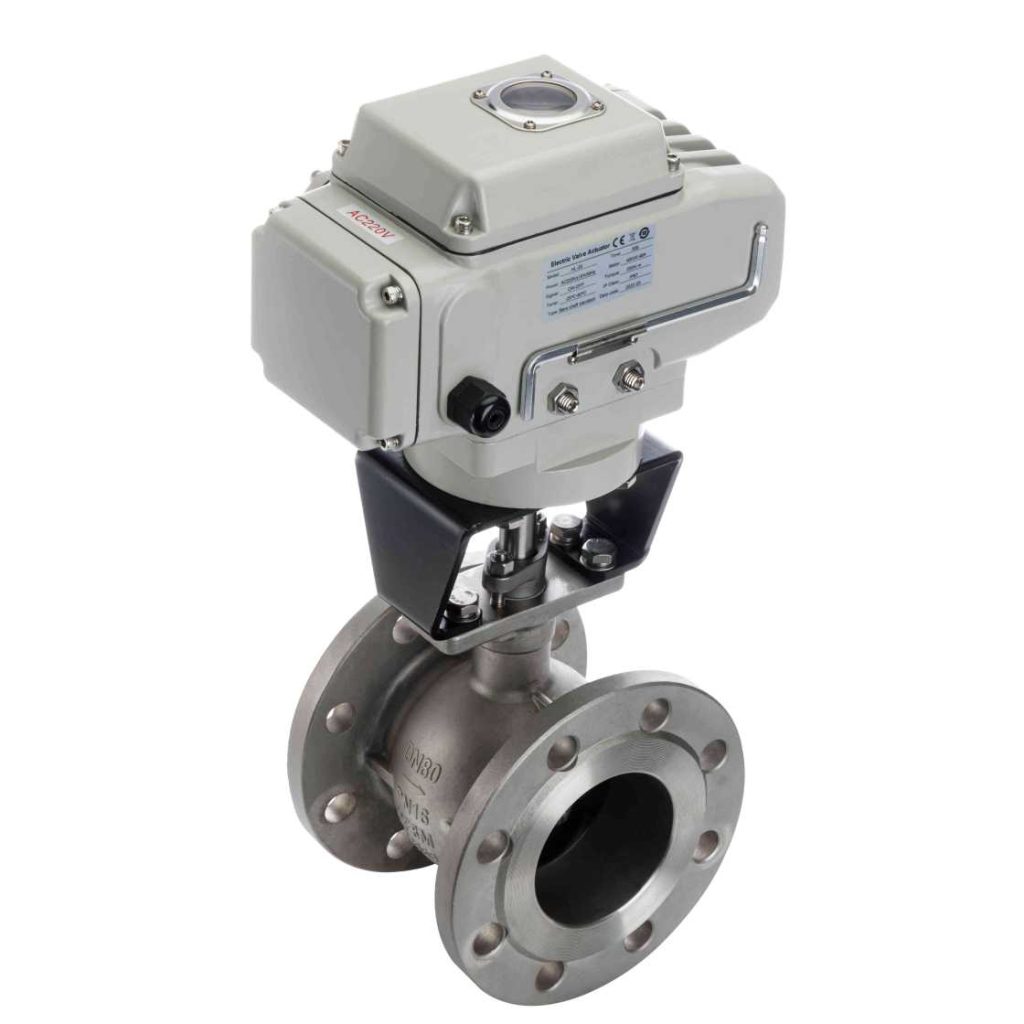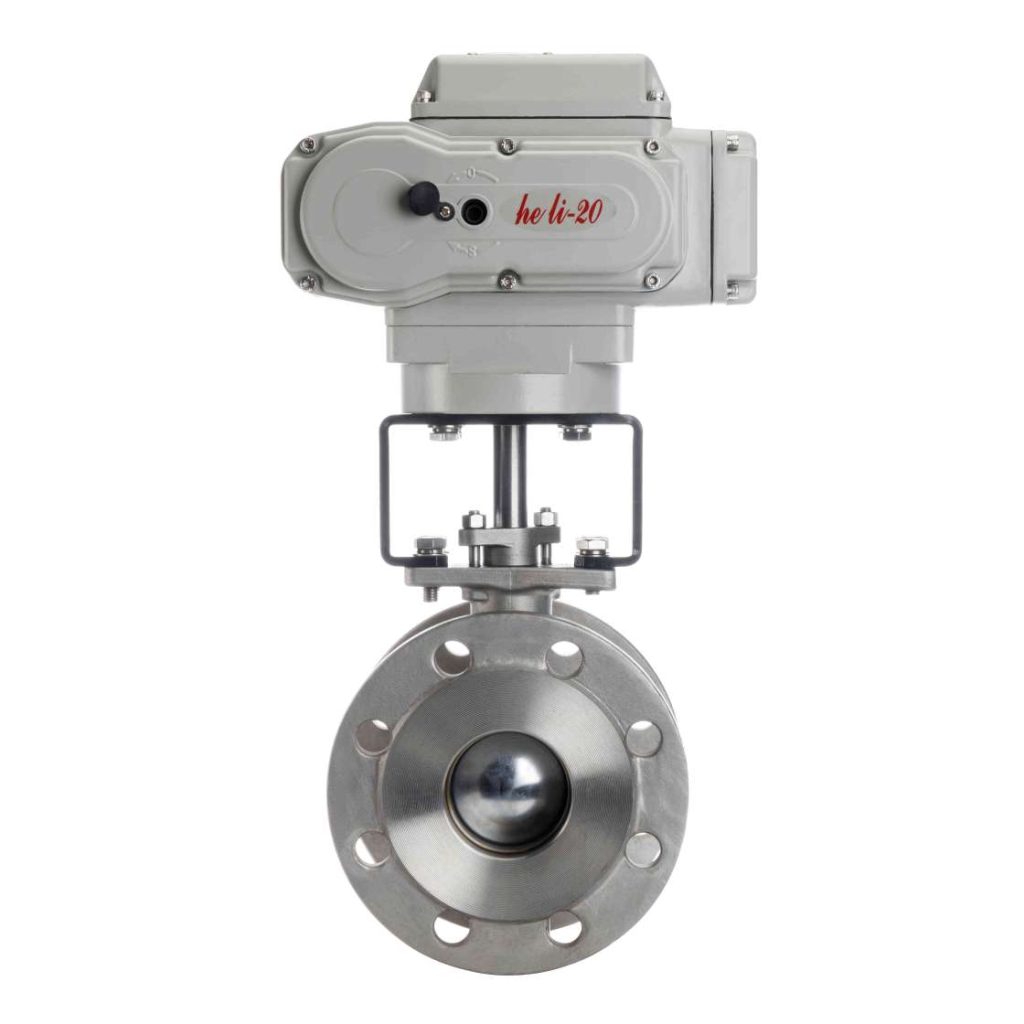The WCB Electric V-Ball Valve is a highly effective and versatile component used in a variety of industries that require precise control of fluid flow. Known for its durability, efficiency, and easy integration into automation systems, this valve plays a critical role in managing the flow of liquids, gases, and other media across a wide range of applications. In this article, we will explore the features, benefits, applications, and maintenance of the WCB Electric V-Ball Valve, shedding light on why it is a preferred choice for engineers and industrial professionals.

What is a WCB Electric V-Ball Valve?

A WCB Electric V-Ball Valve is a type of control valve that combines the reliability of a traditional ball valve with the advanced functionality of an electric actuator. The “V” in the valve’s name refers to the shape of the ball inside the valve, which is machined into a V-notch. This unique design allows for highly accurate modulation of flow. The electric actuator attached to the valve controls the opening and closing of the valve with precision, making it ideal for automated processes that require reliable and repeatable control. The WCB part of the name refers to the material used to make the valve body – WCB is a high-quality carbon steel that offers excellent resistance to wear, corrosion, and high pressures. This ensures that the valve can withstand harsh environments and provide long-lasting performance.

Leave a Reply